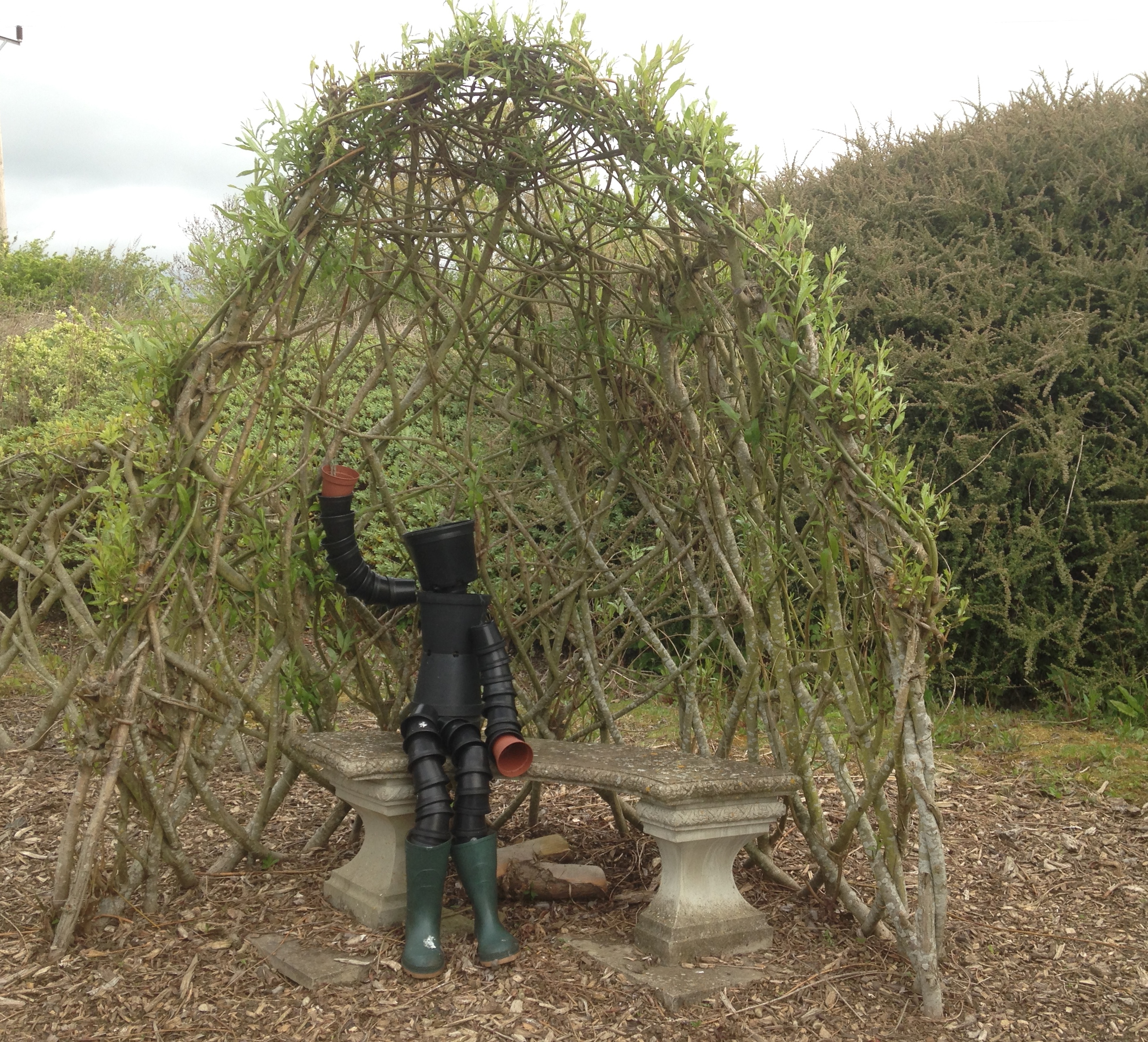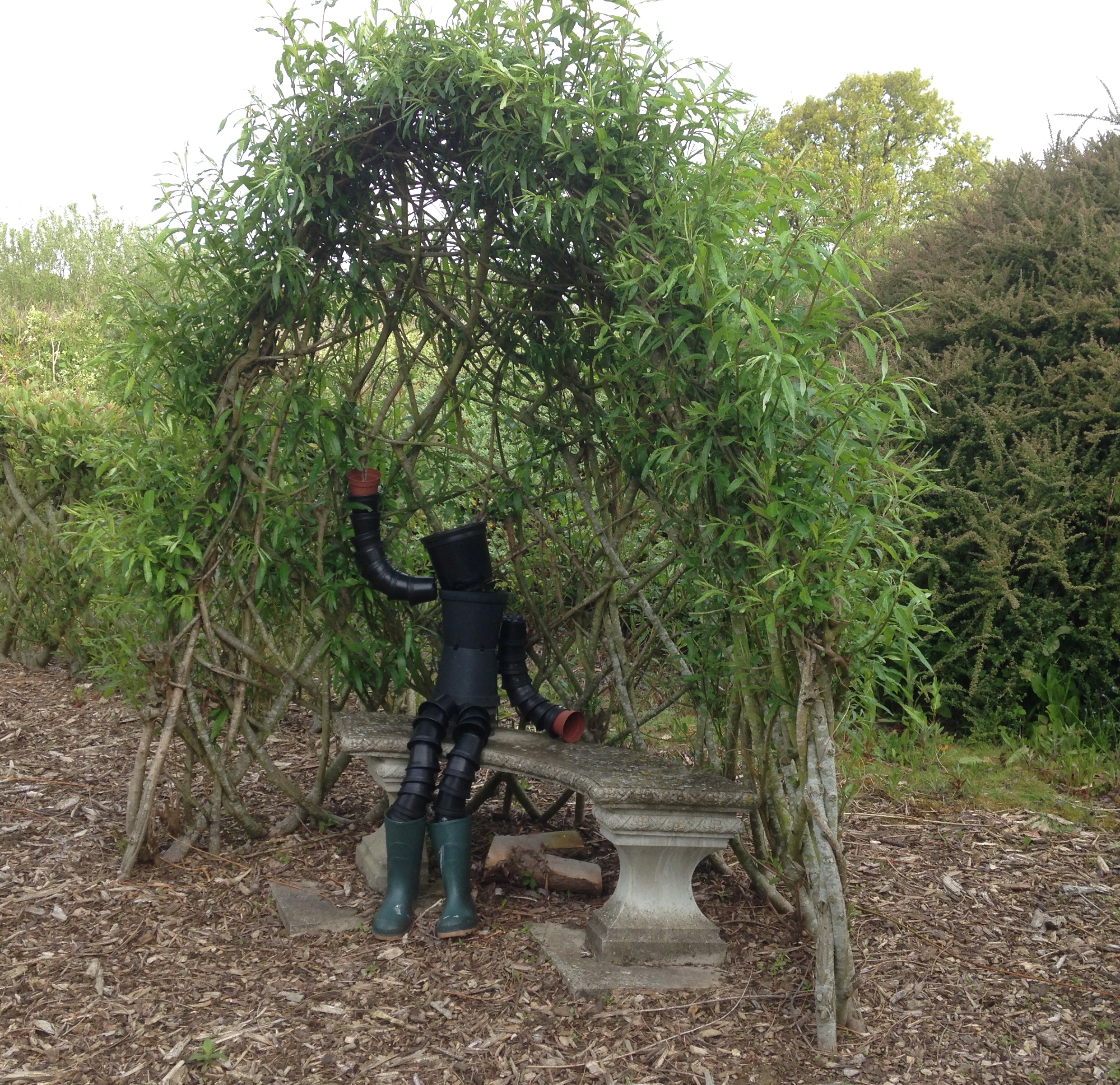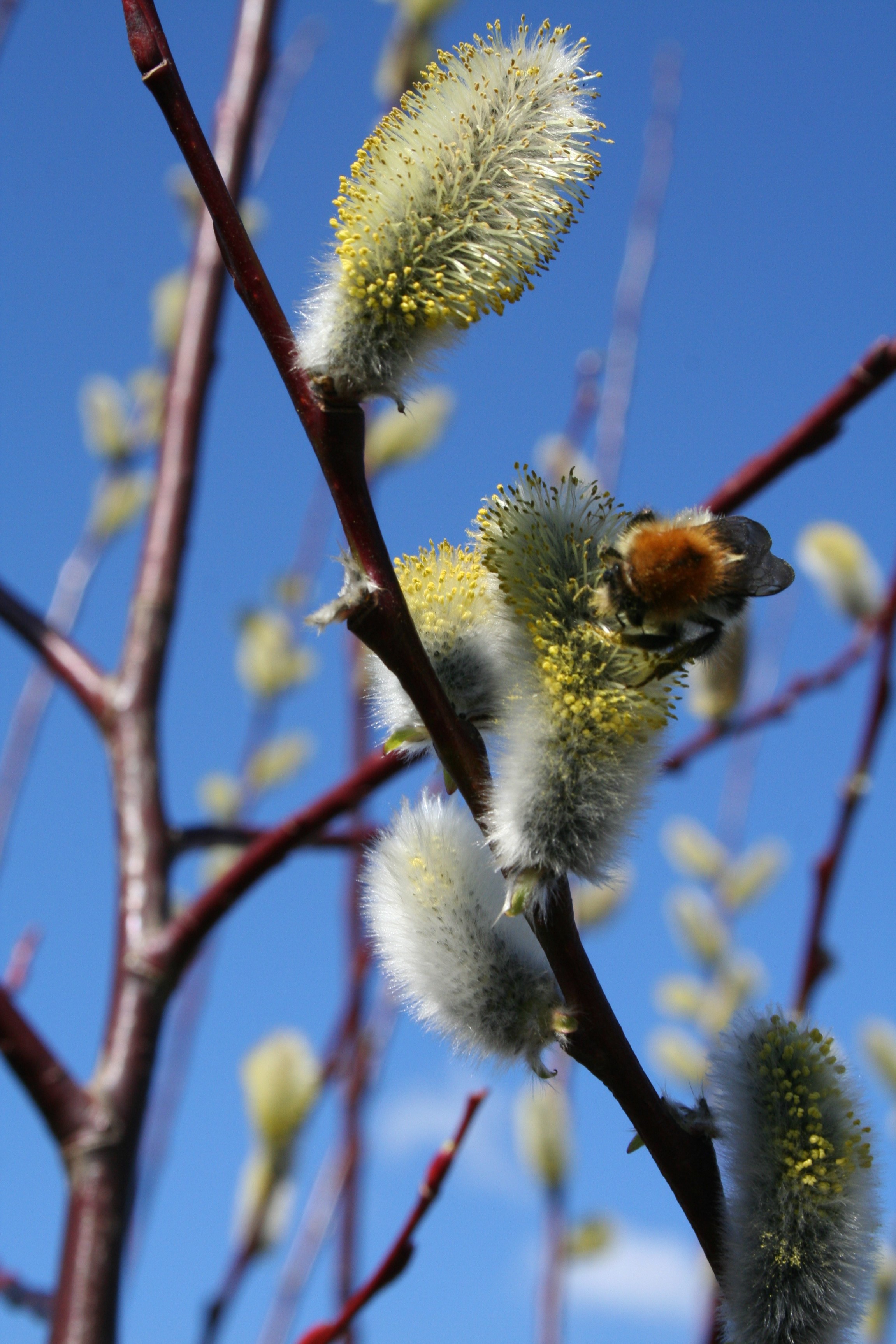Living Willow from Willows Nursery
CultivationWe are now taking advance orders for delivery and planting from early December 2024 to late February 2025.
Please Note : Living willow orders are only available
for delivery and planting from early December to late February.
Please Note : Living willow orders are only available
for delivery and planting from early December to late February.
Willow roots easily when you plant freshly cut willow (long whips or short cuttings) in the ground in Winter.
To grow willow from unrooted cuttings or whips, the willow should be cut and planted after leaf fall and before leaf bud – that would usually mean early December to late February/early March.
Unrooted willow cuttings and whips should ideally be ‘planted’ immediately upon receipt, however, if this is not possible, store them somewhere cool and aim to plant within a few weeks.
Having said this, willow is very tough and determined to survive – we have experienced cuttings that have lain around for months without protection still rooting easily and ‘sticks’ pushed into the ground upside down to act as markers have rooted !!!
We would recommend, however, that our planting instructions are followed for maximum success and growth !
Please Note : Willow, as a tree, must be planted carefully, and the general rule is that it should be planted one and half times its final height away from buildings etc.
SITE PREPARATION :
An ideal soil would be a good moist loamy one, but Willow will do well in most soil conditions.
The site should be dug over, cleared of weeds and grass and fertiliser/manure added if appropriate. If the soil has a tendency to dry out quickly organic matter should be added. We have a heavy clay soil which we have improved with farmyard manure where the willow beds have been planted and they grow very well.
Planting through an appropriate membrane or good mulch will help in weed control later on but is not essential. Tree guards can be used if you have a particularly bad problem with hares, rabbits or deer.
PLANTING :
Whips for living willow structures and fedges should be pushed 6 to 9 (15 to 23 cm) inches into the ground. Short (10″/25 cm) unrooted cuttings should be pushed into the prepared soil to at least half their length.
Planting distances depend on the vigorousness of the variety and the density required but we would recommend that cuttings for hedges be planted 18” to 36 “ (45 to 90 cm) apart (see willow variety descriptions for strength of growth) with willow specifically intended to be harvested for weaving material being planted 24” (60 cm) apart in blocks for thin straight rods. A double or triple row of planting will provide a much denser windbreak or screen much more quickly.
MAINTENANCE :
For any willow to become established and grow well, it is very important to keep the area at the base of cuttings or whips clear of weeds and grass – for a distance of, say, at least, 6 inches (15 cm).
Willow must also be kept well-watered, especially during the first growing season.
If there is a long dry spell during the first year of planting, please water if at all possible – a good soak once a week is better than a watering can full every day.
Cuttings : After the first year’s growth the willow should be cut (ie during December to February) to ensure more/dense growth in the next year. If you would like to retain a screen or windbreak you could just cut half of the stems.
Cutting each year ensures growth of good straight whips and, of course, if you are growing for winter colour, then stem colour is best on one year old growth – stem colour can vary slightly on different soil types and in different amounts of sun.
Leaf litter from the willow provides their own fertiliser.
Living willow structures : New growth will start to sprout in March/April and can be can be woven into the structure, as soon as it is long enough, to give more strength and shape – this is actually part of the fun of having a ‘living’ structure.
Alternatively, the new stems can be trimmed at any time if the growth is encroaching onto other plants or paths – but it should be remembered that trimming, results in denser growth.
Otherwise, the ideal time to cut back is between November and March when the leaves have fallen. The fresh whips or cuttings can then be used to develop the original structure, create a new one or use the material harvested for weaving.
Please also see our Living Willow Structures page for more information.
Weaving material : Cuttings grown to provide weaving material should be cut annually to produce a good supply of long flexible rods.
Weaving whips should be cut in winter after leaf fall, but should not be used straight away – they need to dry a little (season) before use as any close woven work will dry to be too loose and ‘gappy’. Cut willow whips should be stored for a few weeks in a dry airy spot. For use later than April/May they will probably need to be soaked in a tank/bath/pond for a week (or longer later in the summer) before they are pliable again.
We also sell willow for traditional weaving (or ‘dead’ weaving as we refer to it, to differentiate from our ‘living’ willow – which is intended to grow). Please have a look at this page if that is of interest to you.
“PESTS”/WILDLIFE :
Growing willow is good for the environment – trees, of course, take CO2 from the atmosphere – they also attract insects and numerous types of birds. Here at Willows Nursery, since we started growing willow, we now frequently see Blue Tits, Great Tits, Long-Tailed Tits, Robins, Dunnocks, Goldfinches, Greenfinches, Wrens, Pied, Yellow and Grey Wagtails, Meadow Pipits, Linnets and more, including, Little Owls, Barn Owls and Green and Spotted Woodpeckers – none of which were around when we first came here!
It must be said that a variety of insects and aphids are attracted by the willow, but these are, at least in part, what has encouraged the birds – who definitely maintain the balance, so we do not usually need to intervene.
Willow catkins also provide nectar and pollen for beneficial insects, such as bees, early in the year when other sources are limited, attracting them to pollinate our garden vegetables and fruits.
We also get pleasure observing the local hare population amongst our willow beds, very occasionally “pruning” our saplings as they grow in spring ! We have enough that no significant damage is done, but smaller plantations may need protection for a year or two. Our Geese were “netted out” of new plantings for about four years. Goats will totally inhibit growth !

Having planted your unrooted
cuttings in winter, this photograph
shows the amount of growth
you can expect in early Spring
On a wider, commercial scale they are also used for soil stabilisation, land reclamation, effluent filtration beds and making furniture with a ‘rustic feel’.
As a barrier/screen they also help to limit the noise of roads and provide their own pleasant rustling ‘white’ noise.
According to ‘Old Wives Tales’ it is best to harvest rods for weaving under a waning moon – and willow grows best when whips and cuttings are planted on a waxing moon! Apparently the planting rule has been found to be true when tested – each year we mean to do a trial but pressures of time mean we always forget – why don’t you try it?

An established Half Bower Kit
showing new growth in April

The same Half Bower Kit
in May of that year.

Salix Daphnoides Aglaia catkins
Please visit our How to make . . . . . pages that show how easy living willow structures
are to make (and also to see more photographs of completed structures).
Please visit our Living Willow Kit Prices page for full details of the kits we offer – they include all of the willow whips needed
to make straightforward simple structures, biodegradable twine for initial securing and detailed planting instructions.
or visit our Other Prices page if you have your own design ideas and would like to order whips individually.
Please also see our FAQ’s page for further information and advice.
There are photographs of living willow structures throughout our website, but you can see more in our
Living Willow Dome & Bower Gallery, Living Willow Tunnel Gallery and Living Willow Fedge Gallery.